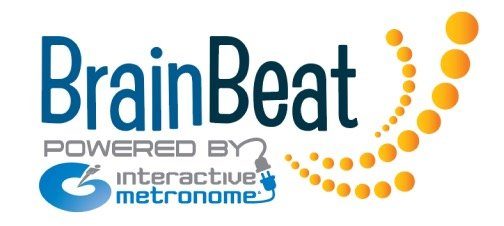IMPROVES...
HELPS THESE CONDITIONS...
BOOSTS PERFORMANCE IN...

Autism therapy at home has become increasingly important in recent years, with many families seeking accessible and effective resources to support their children's development.
Parents often face challenges in navigating the world of autism and finding the right tools and strategies for their children.
This article aims to provide a comprehensive guide on implementing effective autism therapy at home, covering various techniques, tools, and resources that can complement professional support.
Autism Spectrum Disorder (ASD) is a complex neurodevelopmental condition characterized by difficulties in communication, social interaction, and repetitive or restrictive behaviors.
Children with autism may face challenges in speech and language, motor skills, sensory processing, and emotional regulation.
Early intervention and personalized therapy are crucial in helping children with autism develop the necessary skills and reach their full potential.
Setting up a suitable home therapy space is essential for children with autism.
Consider the following tips:
Applied Behavior Analysis (ABA) Therapy
Social Skills Training:
Speech and Language Therapy:
Occupational Therapy-Inspired Activities:
Sensory Integration Techniques
Technology has become a valuable resource in supporting children with autism:
Explore options for communication (e.g., Proloquo2Go), social skills training (e.g., Social Detective), and cognitive development (e.g., BrainBeat).
Access platforms like Autism Speaks or the Autism Society for parent support, education, and guidance.
Family support is crucial to the success of autism therapy:
Combining home-based therapy with professional guidance maximizes the child's progress:
BrainBeat (an at-home tool used by parents) and Interactive Metronome (a clinical grade tool used by professionals) are cutting-edge brain-body programs designed to help children with Autism progress, excel, and thrive.
The technology of Interactive Metronome (IM) has been extensively studied by leading institutions in the US, such as Harvard, Baylor, and Northwestern University.
BrainBeat complements existing therapies and treatments your child may receive or can be used as a standalone intervention, helping kids improve cognitive and motor skills, focus, attention, and more!
🔬 Backed by research from top institutions, BrainBeat was designed to make a positive difference in your child's life.
By addressing the specific areas of brain function implicated in autism, BrainBeat complements traditional therapies and can help any child make faster, more meaningful progress.
Implementing effective autism therapy at home can significantly impact a child's development and well-being.
With the right strategies, tools, and resources, parents can play an integral role in helping.
BrainBeat comes with a hassle-free, 60-day money-back guarantee, and chances are it will help.
So why not give BrainBeat a try?
You can unsubscribe at any time but keep the discount code!

